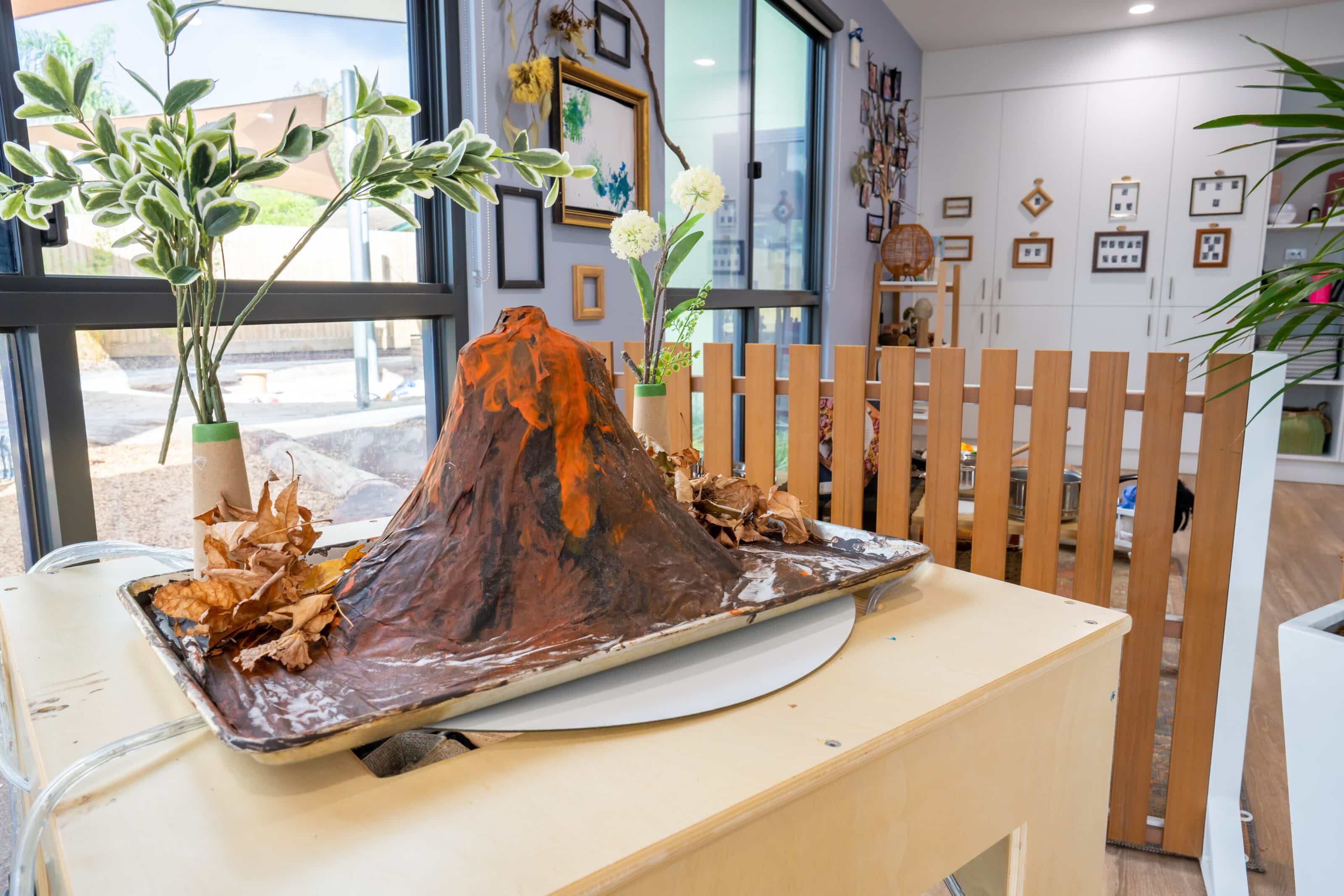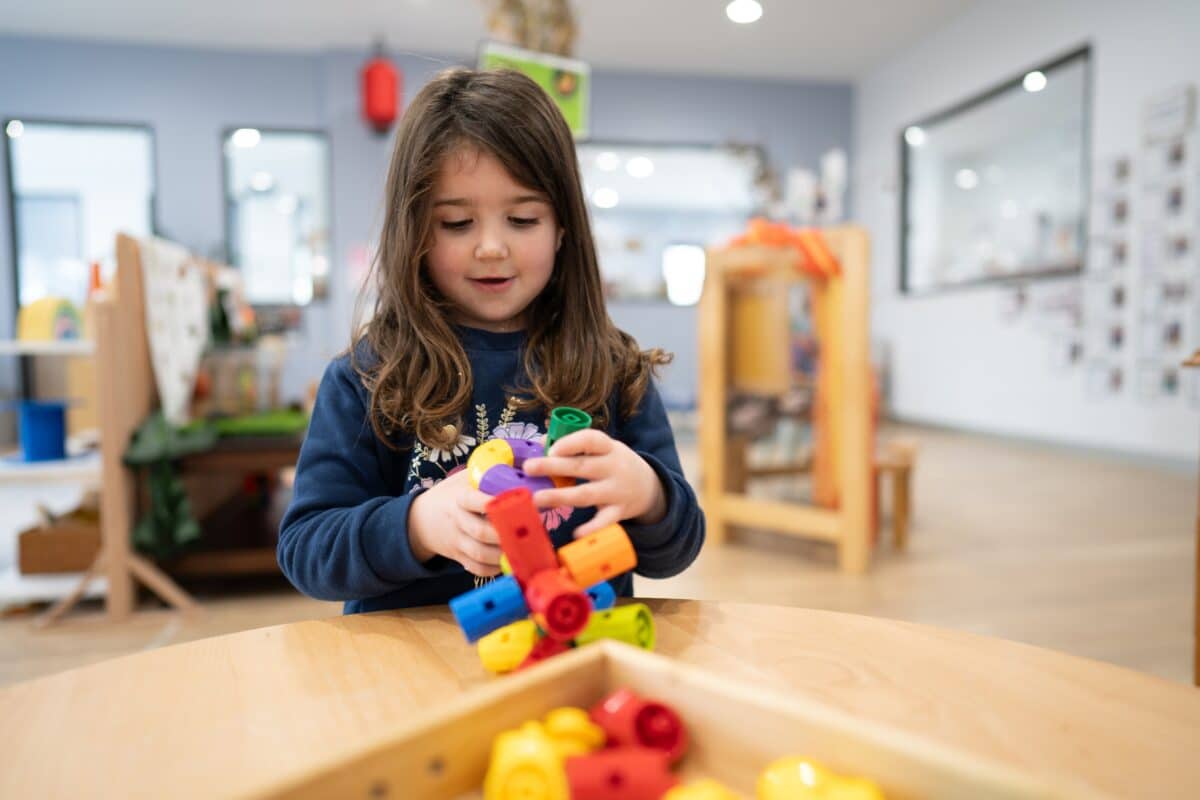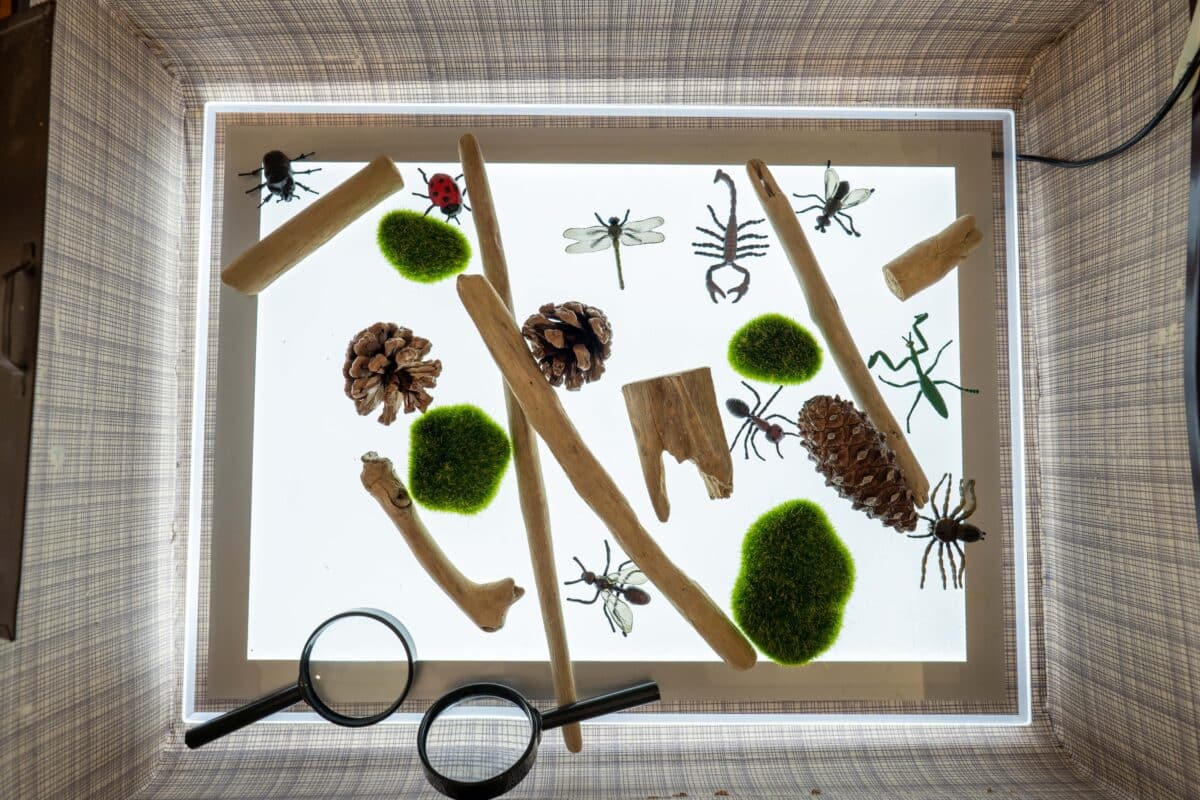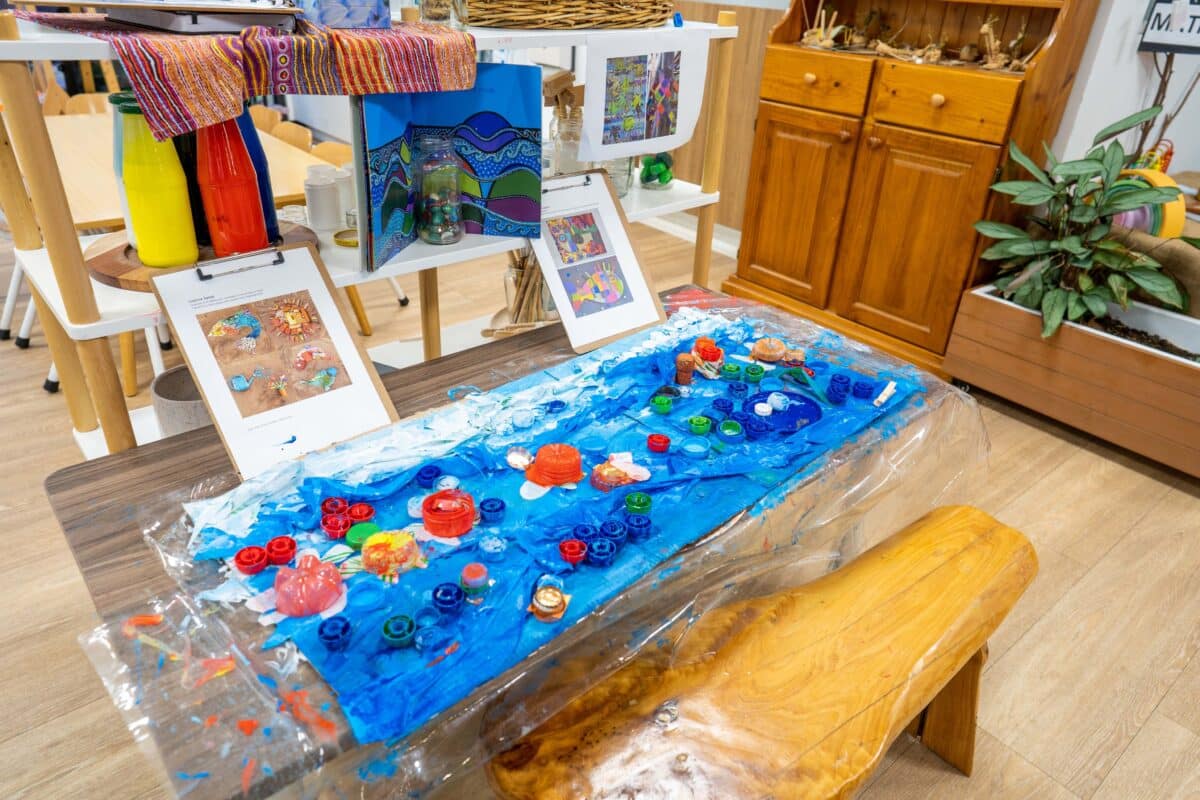7 Eco-Friendly Science Week Experiments for Children
16 August 2023

Science Week is a time to embrace the beakers and break out the lab coat! To help inspire your child, check out our fun (and sustainable) science experiments that’ll get the little one’s brains buzzing 👇
Every August, schools, universities, libraries, and museums around the country join for a week to celebrate all things STEM (science, technology, engineering, and mathematics). This year’s Science Week theme is all about inspiring future world-changers – Innovation: Powering Future Industries.
Moreover, Science Week is the perfect time to spark children’s curiosity through eco-friendly science experiments. By using sustainable materials, you can inspire your child’s scientific curiosity while also introducing them to conservation and sustainable practises.
1. Dancing Sultanas
Simply fill a clear glass with sparkling water, then gently place a few sultanas inside. As bubbles form on the sultanas, you’ll notice some will ascend to the water’s surface before falling, creating a ‘dancing’ effect.
This experiment elegantly demonstrates how the density of objects change based on their environment. Initially the sultanas, being denser than the water, sink. However, as bubbles stick to them, their density decreases, making them to rise to the surface. Eventually these bubbles burst, causing the sultanas to return to the bottom.
Better yet, this experiment generates absolutely no waste! Simply enjoy the remaining sparkling water and sultanas.
What You’ll Need:
- A glass
- Sparkling water
- Sultanas
2. Upcycled Rainbow Spinners
Do you have a box of old CDs lying around? Get into the spirit of upcycling by cutting CDs into small shapes to explore light and reflection. Then, drill a small hole in each new shape and invite your child to help thread a piece of twine through the holes. Lastly, hang your colourful new spinner by a window and watch as the sunlight transforms into rainbows. This is the perfect opportunity for additional learning about light and reflections.
What You’ll Need:
- Old CDs
- Scissors
- Power drill
- Twine

3. Lemon Juice Invisible Ink
Demonstrate the power of chemistry with this simple experiment. Start by squeezing half a lemon or some store-bought lemon juice into a bowl. Next, invite your child to write a message on paper with a brush. It could be their name, a shape, a tree – anything works!
Then, let the ink dry.
The acidic juices will remain invisible until they’re heated with a hairdryer or held close to a light bulb (just be careful not to get the paper too hot to avoid fire risks). Due to oxidisation, the hidden message will appear dark brown as the acid from the lemon juice is heated. Afterwards, hang the paper or recycle it so it doesn’t go to waste!
What You’ll Need:
- Lemon/lemon juice
- Bowl
- Paper
- Paint brush
- Hairdryer or light bulb
4. DIY Compass
Explore the mind-boggling concepts of magnetism with this DIY experiment.
Start by stroking a needle with one end of a bar magnet 20-30 times, making sure to lift the magnet after each stroke and only stroking in one direction, not back and forth. Next, fill a bowl of water and place your cork in the water.
Lastly, place the now magnetised needle on top of the floating cork and watch as it spins to align the needles to North and South – just like a real compass! This experiment introduces children to the wonders of science and nature, with only a few simple materials that can be reused.
What You’ll Need:
- Small cork
- Bowl
- Water
- Steel needle
- Bar magnet

5. Paper Mâché Volcano
The paper mâché volcano is a classic for a reason. This time-honoured experiment offers an engaging way to understand volcanic eruptions and the power of nature, while also providing an opportunity for children to get creative.
Start by taping a clean plastic bottle to your cardboard base. Next, scrunch up some foil to act as the bulk of your mountain. Then, create a paper mâché mixture with flour and water and paste it over layers of old newspapers. This will act as the exterior of your volcano.
Once dried, get your child involved by painting the volcano in browns for rock, greens for grass, or any colours you like! Lastly, carefully pour 2-3 tsps of baking soda into the top of the volcano, add a few drops of your desired food colouring, and add a splash of vinegar to watch the magic erupt.
What You’ll Need:
- Recycled newspaper strips or scrap paper
- Foil
- Flour
- Water
- A plastic bottle
- Recycled cardboard (as the base)
- Non-toxic paint or natural dyes
- Baking soda
- Vinegar
- Optional: food colouring or natural pigments
6. Ocean-in-a-Jar Ecosystem
Teach your child about ecosystems and sustainability with an ocean-in-a-jar experiment. Fill a glass jar with water (collected rainwater works best), leaving about an inch of space at the top. Add a handful of clean sand or small pebbles for the ‘ocean floor.’ Then, place a few aquatic plants or seaweed (real or recycled craft materials) and a tiny figurine representing a marine animal. Seal the jar and place it near a window with indirect sunlight.
Over time, the plants will release oxygen, while the water evaporates and condenses on the sides, creating a self-sustaining mini-ecosystem. This experiment illustrates the delicate balance of ecosystems and the importance of conserving our oceans.
What You’ll Need:
- Glass jar
- Water (preferably collected rainwater)
- Sand or small pebbles
- Aquatic plants or seaweed
- Tiny figurine or toy

7. Sustainable Water Filtration
Raise awareness about water pollution through a sustainable water filtration experiment. Start by filling a large glass container with water and mix in some dirt to simulate polluted water. Next, cut an old plastic bottle in half and punch a hole in the lid.
Then, put the lid back on the top half of the bottle and place it (facing down) inside a clear jar. Carefully pour a cup of sand, gravel, or activated charcoal into the bottle to complete your filtration system.
To complete the experiment, pour the polluted water through the filtration system and observe how the layers clean the water. This visually demonstrates the process of water purification and the need for clean water sources. Remember – don’t drink your filtered water! Although it may look clean, it hasn’t removed the potentially harmful bacteria. Rather, use the leftover water for your garden or indoor plants.
What You’ll Need:
- Recycled plastic bottle and lid
- Clear jar
- Scissors
- Water
- Soil
- Sand, gravel, or activated charcoal
What are the Benefits of Science Experiments for Children?
Eco-friendly science experiments provide valuable learning opportunities for children, while also embedding environmental responsibility from an early age.
And it’s not just for a fun afternoon with invisible ink and dancing sultanas. Science Week is one of the most important yearly events for the future of Australian – and global – innovation. Recently, Ed Husic, the Minister of Science and Innovation, stressed the importance of inspiring future STEM superstars.
‘Why is this so important? Because we want a future made in Australia. One based on our expertise in quantum computing, medical science, renewables, and other advanced technologies. To get there, we’ll need to grow our STEM talent pool.’
Remember, today’s children are tomorrow’s scientists, inventors, and environmental champions!
🍃 To tour one of our beautiful Centres, please click here. Otherwise, check out our website to register your interest at Explorers Early Learning today!